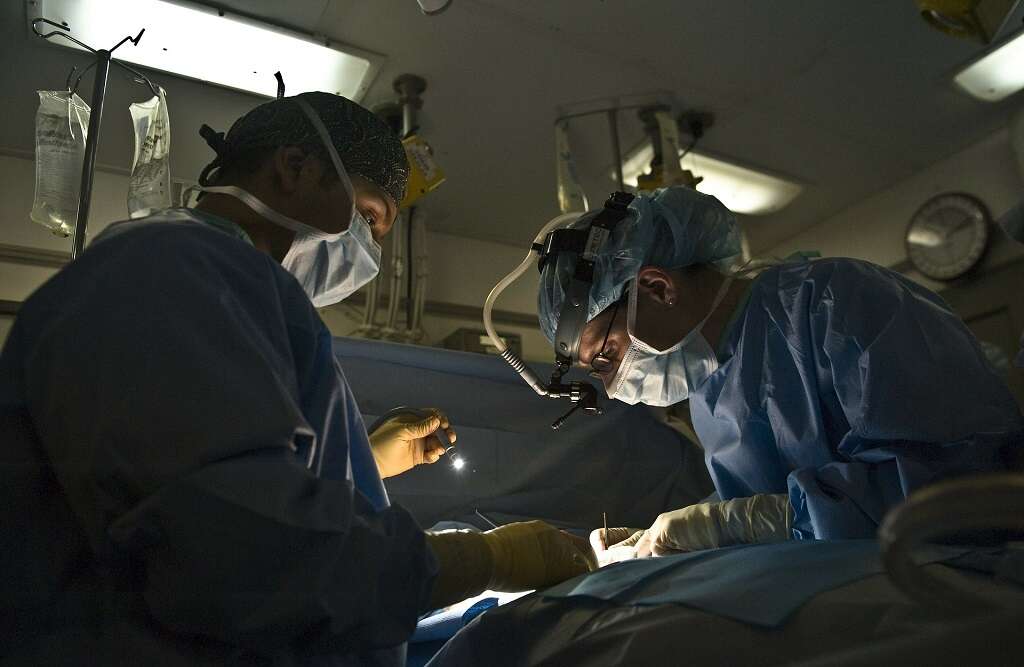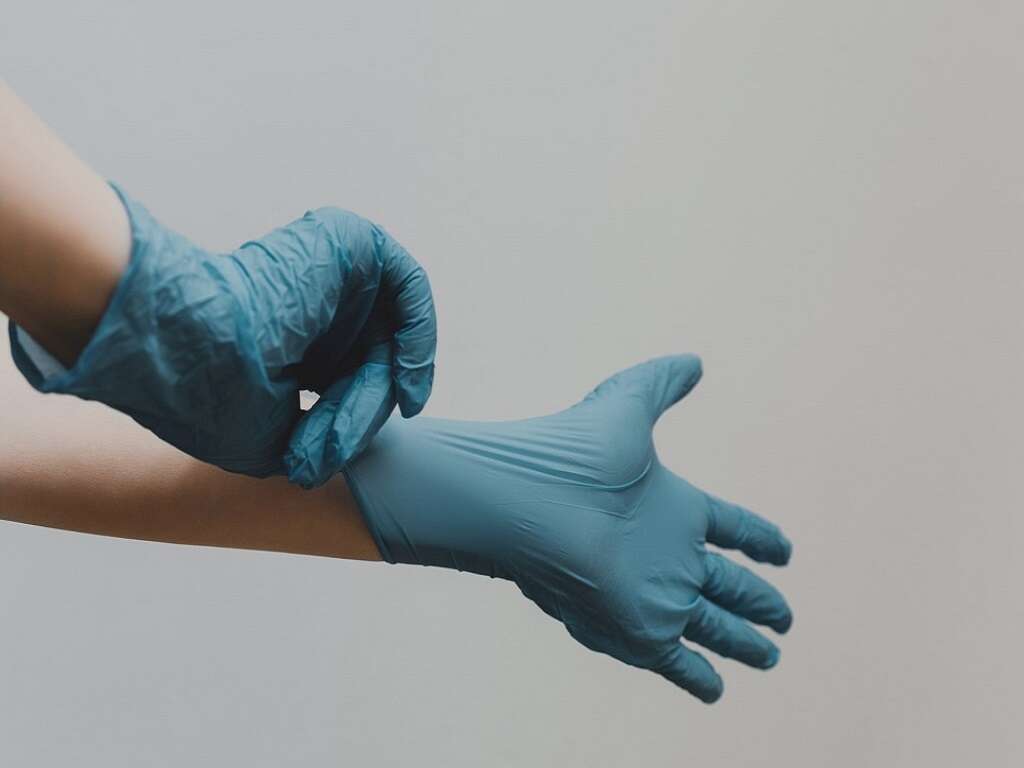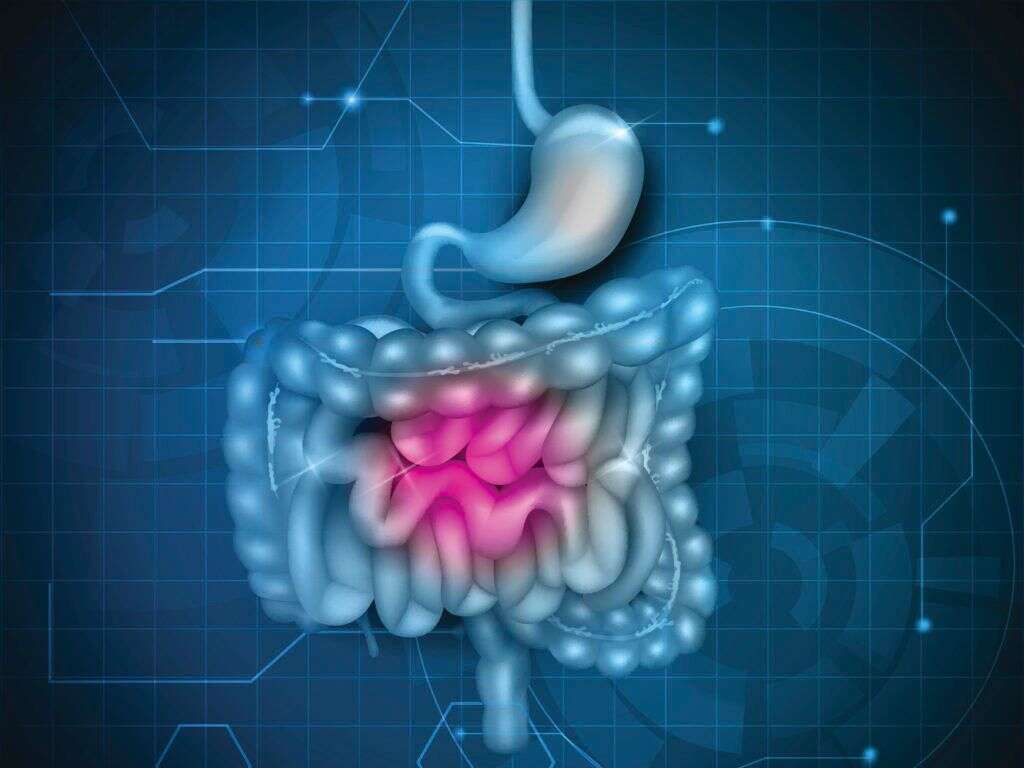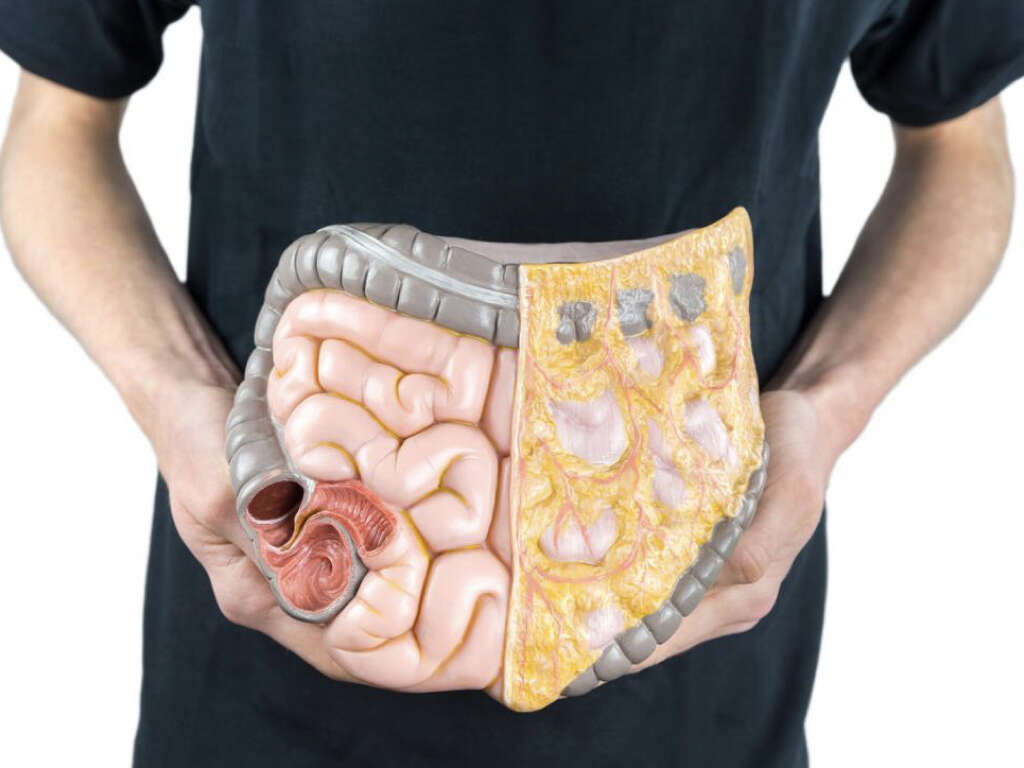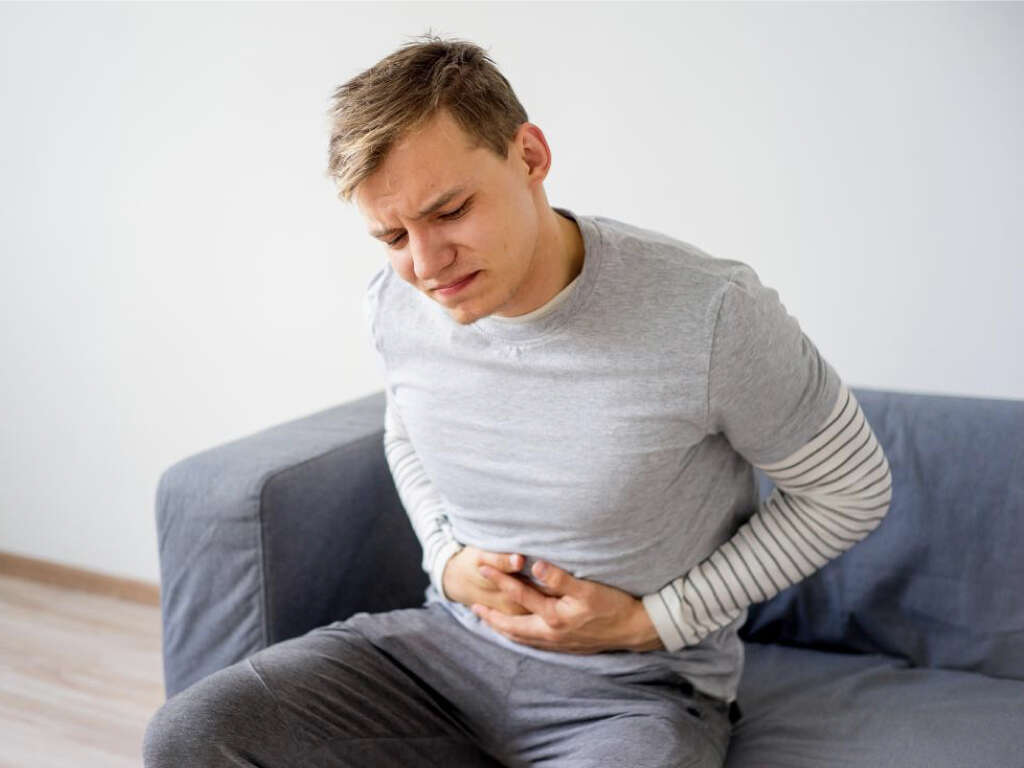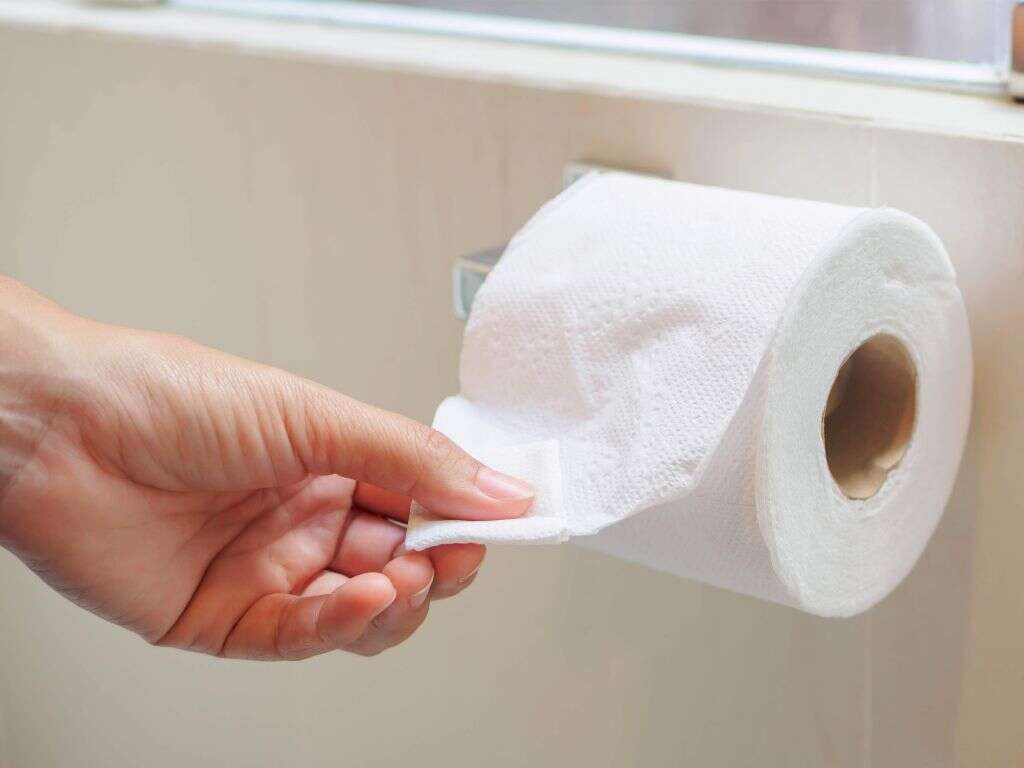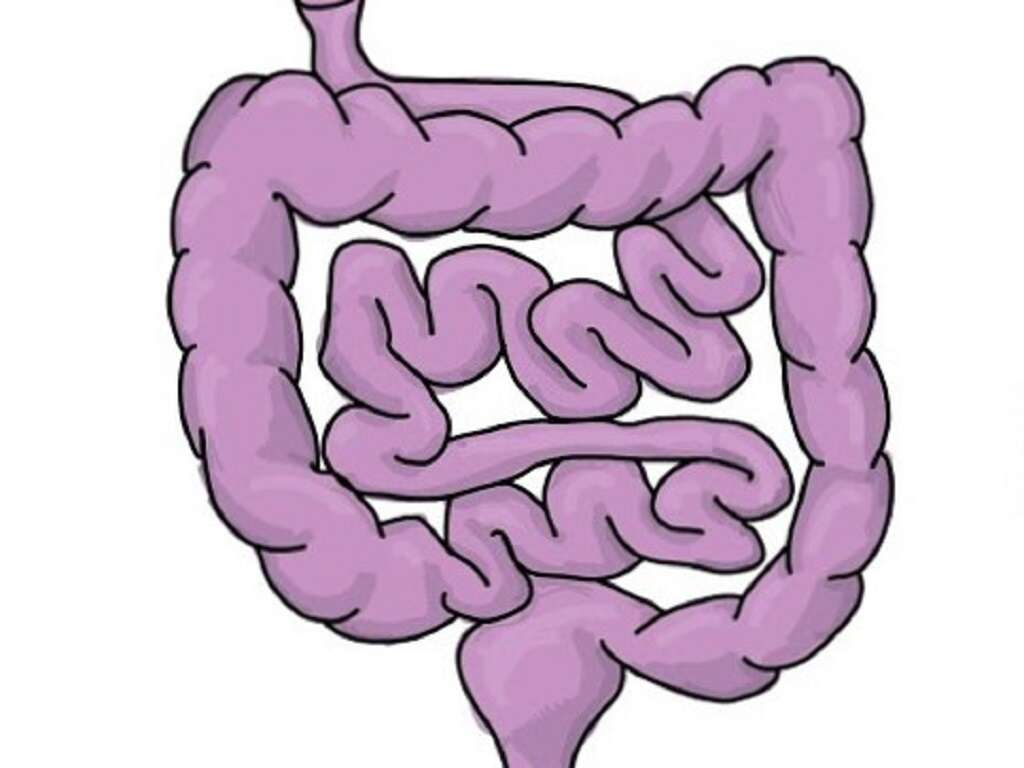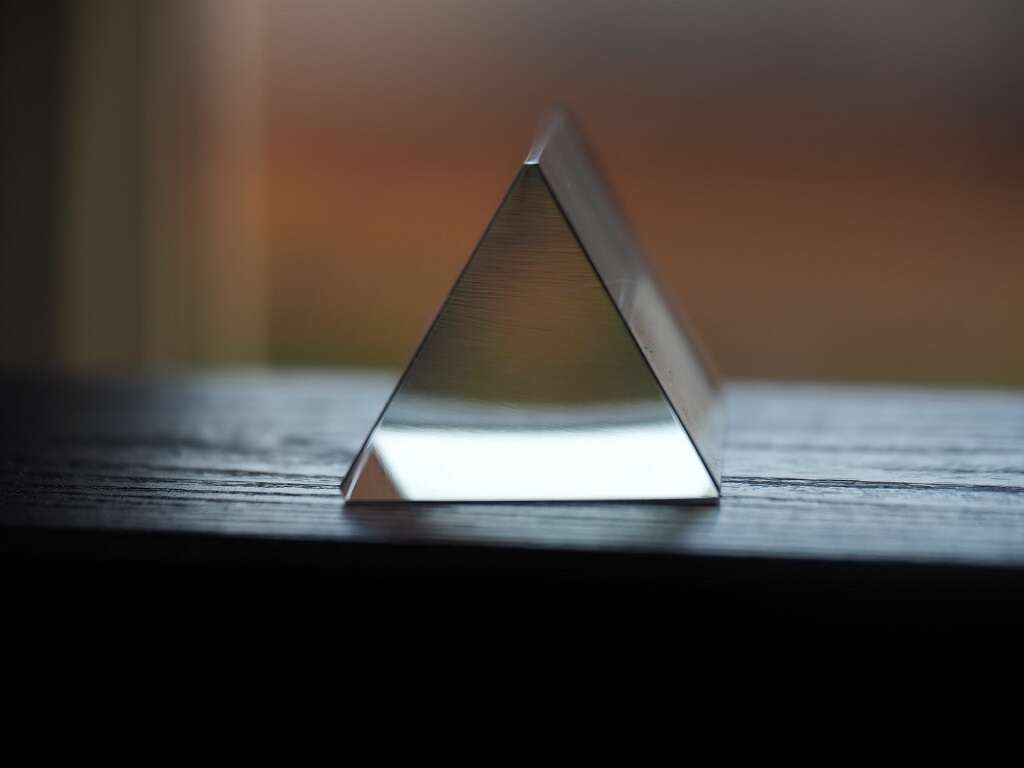Small Intestine Function Overview
 Article Sources
Article Sources
- 1. ’The Structure and Function of the Digestive System.’ Cleveland Clinic, www. my.clevelandclinic.org/health/articles/7041-the-structure-and-function-of-the-digestive-system
- 2. Collins J; Nguyen A; Badireddy M. ‘Anatomy, Abdomen and Pelvis, Small Intestine.’ National Institutes of Health, www.pubmed.ncbi.nlm.nih.gov/29083773
- 3. ’Krause W. Brunner’s glands: a structural, histochemical and pathological profile.’ National Library of Medicine, www.pubmed.ncbi.nlm.nih.gov/11148980
- 4. ’Your Digestive System and How it Works.’ National Institute of Diabetes and Digestive and Kidney Diseases, www.niddk.nih.gov/health-information/digestive-diseases/digestive-system-how-it-works
- 5. ’Easton J. ‘Specific bacteria in the small intestine are crucial for fat absorption.’ The University of Chicago, uchicagomedicine.org/forefront/gastrointestinal-articles/specific-bacteria-in-the-small-intestine-are-crucial-for-fat-absorption
- 6. ’Small intestinal bacterial overgrowth.’ Mayo Clinic, www.mayoclinic.org/diseases-conditions/small-intestinal-bacterial-overgrowth/symptoms-causes/syc-20370168
As the small intestine is responsible for most of the body's food digestion and absorption, it plays a critical role in the body's upkeep. Its length of about 20 feet provides ample space to get the job done.
The small intestine functions with the help of enzymes and bile, and its muscular outer layers move the food along to the large intestine, also known as the colon. Infections or inflammation in the small intestine from diseases, such as Crohn's disease, may interrupt the natural cycle of digestion, causing pain, elimination problems and sometimes, malnutrition.

The Small Intestine Food Journey
When food enters the mouth, chewing and saliva break it into small pieces and move it through the entrance to the duodenum, the first segment of the small intestine. Food travels from the duodenum to the longest part of the small intestine, the jejunum. In the jejunum, food mixes with bile from the liver and enzymes from the pancreas to get digested.1’The Structure and Function of the Digestive System.’ Cleveland Clinic, www. my.clevelandclinic.org/health/articles/7041-the-structure-and-function-of-the-digestive-system
The jejunum moves the digested food to the ileum segment while absorbing sugars, amino acids and fatty acids. In the ileum, final nutrients, including B12 and bile acids, are absorbed. The ileum then dumps waste into the large intestine.2Collins J; Nguyen A; Badireddy M. ‘Anatomy, Abdomen and Pelvis, Small Intestine.’ National Institutes of Health, www.pubmed.ncbi.nlm.nih.gov/29083773

The Function of Brunner's Glands in the Small Intestine
Brunner's glands are specialized structures in the duodenum that secrete an alkaline liquid containing mucin that counteracts the acidity in stomach contents. This protects the duodenum and the rest of the small intestine from acidic injury. The secretion from Brunner's glands contains bicarbonates, which have the necessary alkalinity to help increase absorption.
Brunner's glands also secrete a mucus substance that coats the intestinal walls to help food move through it smoothly. Unique to mammals, Brunner's glands also provide active and passive immune defense mechanisms.3’Krause W. Brunner’s glands: a structural, histochemical and pathological profile.’ National Library of Medicine, www.pubmed.ncbi.nlm.nih.gov/11148980

Layers of the Small Intestine
The small intestine is made up of four distinct layers. The outermost layer is the serosa. The next layer is called the muscularis, which consists of two smooth muscle layers. The outer muscle layer sits lengthwise, while the inner muscle layer is thick and circular. Together these muscle layers move food.
The submucosa is next, made of connective tissue carrying blood vessels and nerves. The mucosa, the innermost layer, contains absorptive structures called villi.2Collins J; Nguyen A; Badireddy M. ‘Anatomy, Abdomen and Pelvis, Small Intestine.’ National Institutes of Health, www.pubmed.ncbi.nlm.nih.gov/29083773
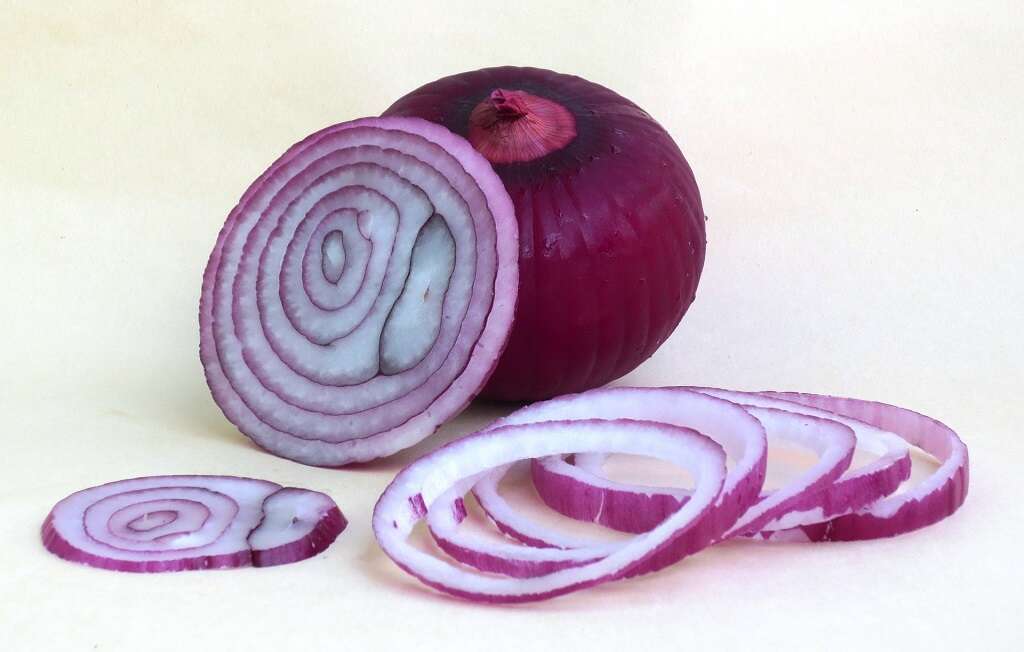
Problems With Small Intestine Function
Because of the small intestine's crucial role in absorbing vital nutrients and water, damage or destruction may cause poor nutrition. Other body systems rely on the nutrients taken in by the small intestine, and if these nutrients can't be absorbed, it can affect the liver, kidneys, heart and brain.
Gastrointestinal organs themselves may suffer, leading to massive organ shutdowns and potential death. Electrolytes, such as sodium and calcium, are sensitive to nutritional changes, and changes in their levels can be dangerous.2Collins J; Nguyen A; Badireddy M. ‘Anatomy, Abdomen and Pelvis, Small Intestine.’ National Institutes of Health, www.pubmed.ncbi.nlm.nih.gov/29083773
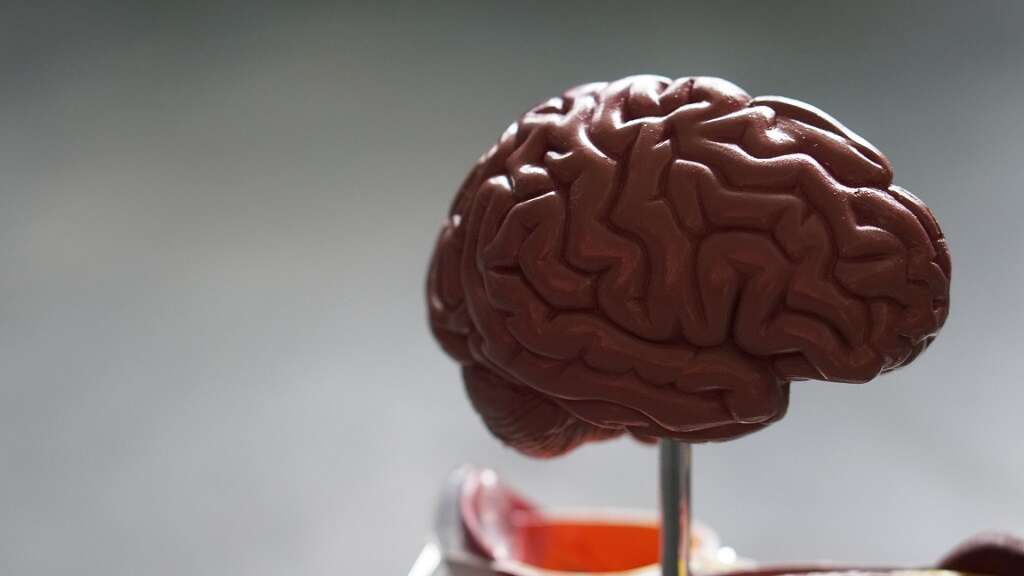
The Role of the Mesentery in Small Intestine Function
The mesentery is made up of the peritoneum, the layer of tissue that protects and nourishes the abdominal cavity. It anchors the small intestine to the abdominal wall and contains nerves, blood vessels and lymphatic vessels.
While the small intestine contains blood vessels and nerves that aid in the digestion and absorption process, the mesentery's function is to nourish the small bowel and provide nerve support. The lymphatic system collects and disposes of waste from infections or cancer.2Collins J; Nguyen A; Badireddy M. ‘Anatomy, Abdomen and Pelvis, Small Intestine.’ National Institutes of Health, www.pubmed.ncbi.nlm.nih.gov/29083773
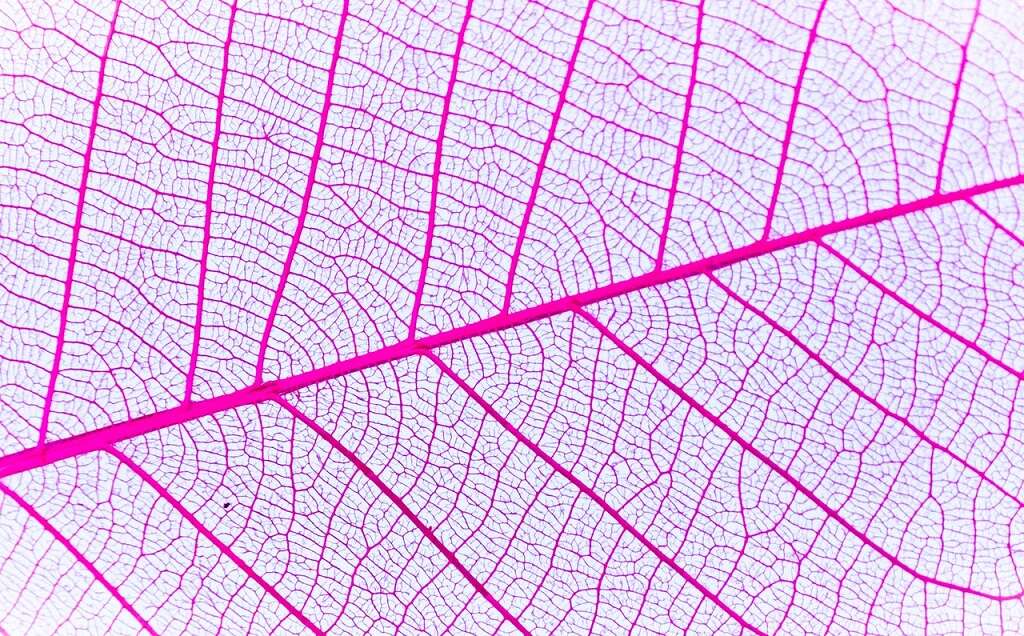
Function of the Nerves in the Small Intestine
Nerves in the abdomen and brain transmit and receive impulses that aid in digestion. For example, special nerves in the brain react to seeing and smelling food and trigger the digestive process.
Other nerves included in the enteric nervous system, or ENS, lie within the walls of the small intestine. The ENS reacts when food enters the small intestine and releases substances that speed up or slow down digestion.4’Your Digestive System and How it Works.’ National Institute of Diabetes and Digestive and Kidney Diseases, www.niddk.nih.gov/health-information/digestive-diseases/digestive-system-how-it-works
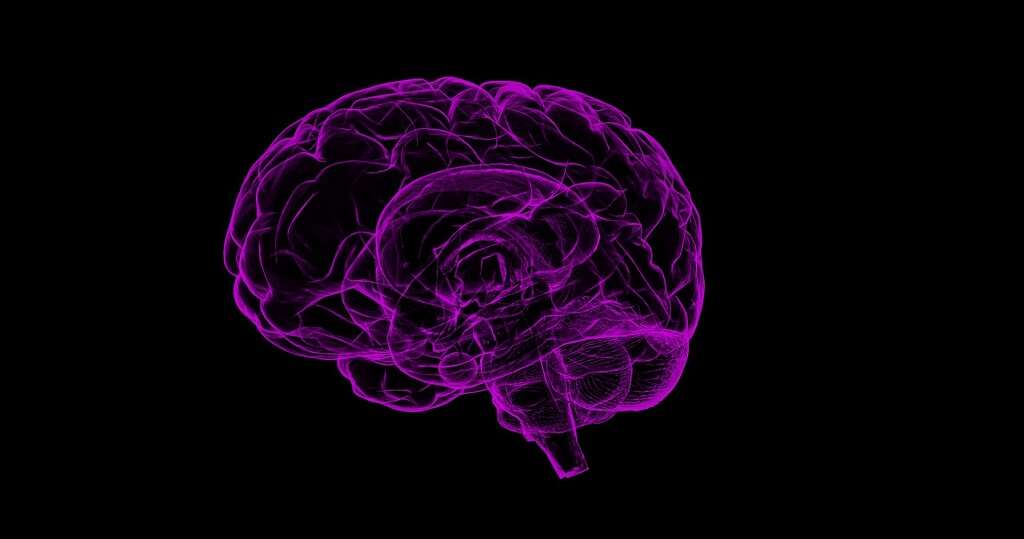
Other Organs Involved in Small Intestine Function
The liver, pancreas and gallbladder produce and store juices for digestion in the small intestine. The liver produces bile to break down fats. Between meals, the bile is stored in the gallbladder, which releases it into the small intestine with the next meal.
The pancreas secretes insulin into the small intestine to aid carbohydrate digestion. If the pancreas doesn't make enough insulin, or if carbohydrate consumption is high, sugar spills into the bloodstream, eventually causing diabetes.4’Your Digestive System and How it Works.’ National Institute of Diabetes and Digestive and Kidney Diseases, www.niddk.nih.gov/health-information/digestive-diseases/digestive-system-how-it-works

The Role of Bacteria in Small Intestine Function
Microbes in the small intestine are vital in the digestion and absorption of high-fat foods. They help by producing digestive enzymes. These enzymes break down fat and enable rapid absorption of high-energy foods.
When a person consumes high-fat foods, the microbes manage the fat content. Studies show that a high-fat diet may lead to high microbe levels, which can result in small intestinal bacterial overgrowth, a condition that can cause several symptoms, including bloating and pain.5’Easton J. ‘Specific bacteria in the small intestine are crucial for fat absorption.’ The University of Chicago, uchicagomedicine.org/forefront/gastrointestinal-articles/specific-bacteria-in-the-small-intestine-are-crucial-for-fat-absorption
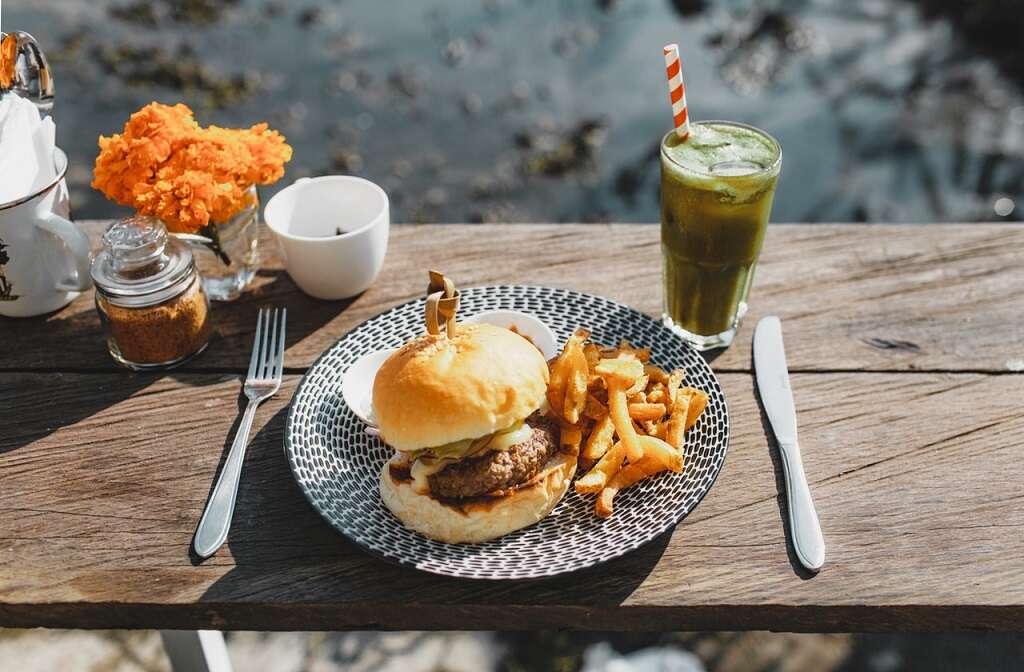
Small Intestinal Bacterial Overgrowth
Small intestinal bacterial overgrowth, or SIBO, occurs when bacteria that aren't normally in the small intestine disturb the microbe balance. Surgery or disease can also promote SIBO, leading to various symptoms, such as diarrhea and loss of appetite. Other symptoms include abdominal pain, nausea, bloating and weight loss.
SIBO complications include poor nutrient absorption, vitamin deficiencies, osteoporosis and kidney stones. A breath test or small intestine fluid cultures may help diagnose SIBO. Prevention or elimination of overgrown bacteria are the best options for management.6’Small intestinal bacterial overgrowth.’ Mayo Clinic, www.mayoclinic.org/diseases-conditions/small-intestinal-bacterial-overgrowth/symptoms-causes/syc-20370168
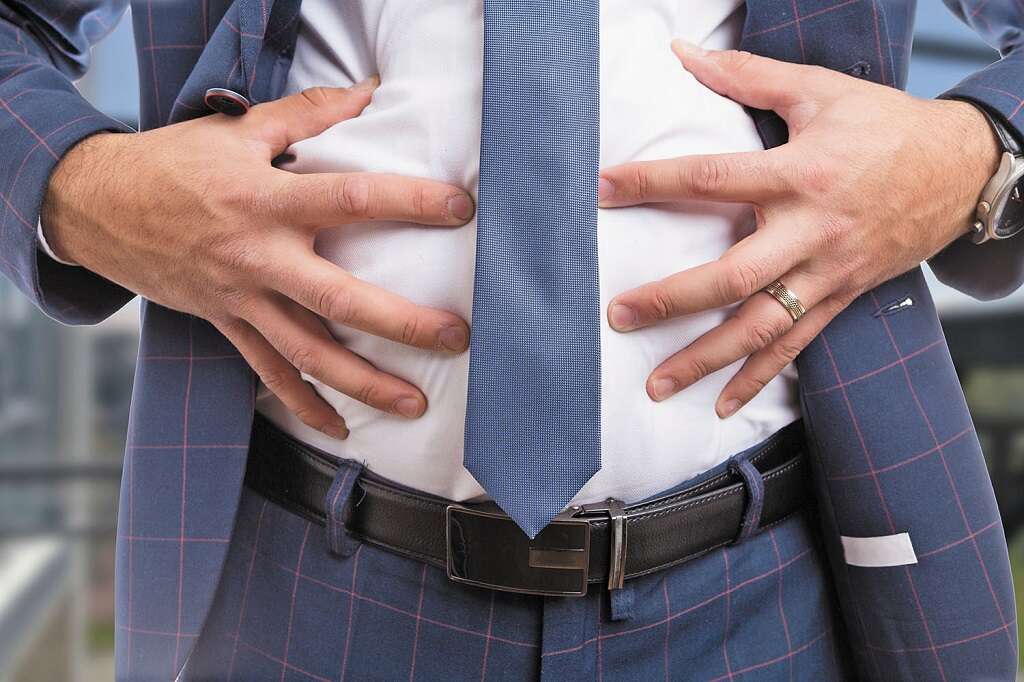
Small Intestine Malfunction
The list of small intestine malfunctions and diseases is long. It can include celiac or Crohn's disease, which result in GI distress in the form of nausea, bloating, frequent diarrhea and pain. Intestinal cancer can arise in the small intestine, requiring surgery to remove all or part of the small bowel.
Infections from overgrown bacteria or unhealed ulcers create pain, and conditions, such as irritable bowel syndrome, can cause alternating diarrhea and constipation. This can be managed through surgery, antibiotics or anti-inflammatory medications.4’Your Digestive System and How it Works.’ National Institute of Diabetes and Digestive and Kidney Diseases, www.niddk.nih.gov/health-information/digestive-diseases/digestive-system-how-it-works
